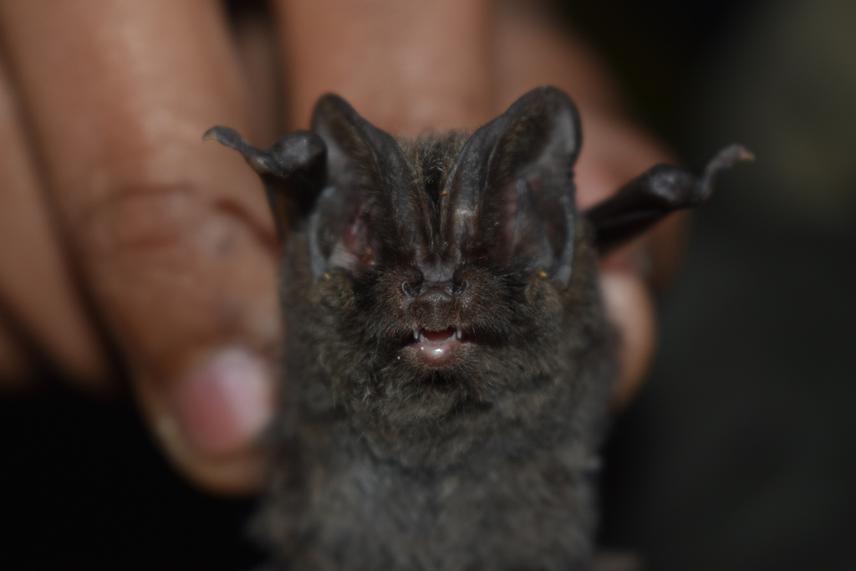Rohit Chakravarty
Other projects
21 Sep 2015
Status Survey of Bats with Special Emphasis on Rediscovering the Rare Peter’s Tube-Nosed Bat and Preparation of Call Library in Uttarakhand, India
Bats are important bio-indicators in cold environments where their reproduction is linked to hibernation and the availability of ephemeral prey. However, the absence of comprehensive data on the trends in their diversity, occurrence and activity obscures the utility of bats as bio-indicators. The Himalayas are currently warming three times faster than the global average and data on species’ responses (like range shifts) to climate change is severely lacking. I thereby propose initiating long-term monitoring of bats in Kedarnath Wildlife Sanctuary by training local field staff and using the call library that I had developed in my first Rufford project.

India harbours over 120 species of bats, however even the most common species are very poorly studied. Along sub-tropical and temperate zones exemplified by the Himalayas, the reproductive success of insectivorous bats is linked to hibernation and the availability of ephemeral prey, which are in turn linked to temperature changes. This sensitivity to temperature establishes bats’ role as indicators of warming climates, especially critical given the Himalayas are warming three times faster than the global average. However, the absence of comprehensive data on the trends in their diversity, occurrence and activity hinders the effectiveness of using bats as bio indicators.
To address this lacuna, we propose to study how bat communities distribute and change along an elevational gradient in Kedarnath Wildlife Sanctuary. This study stems from my previous project wherein I catalogued the diversity and the echolocation calls of bats in the Garhwal region of Uttarakhand.
My team and I will use passive bat detectors and mist-netting to establish a paradigm for long-term bat monitoring, and gather critical information on the natural history and activity patterns of bats across an elevational gradient. In response to the urgency of global climate change, we will train local field staff and students in passive acoustic monitoring techniques, establishing a citizen-science driven ‘early-warning system’ based on the responses of bats.
I envision the project as facilitating sound conservation management decisions by identifying activities of high and low bat activities, as also giving us cues on range expansions and contractions of species as a response to climate change.